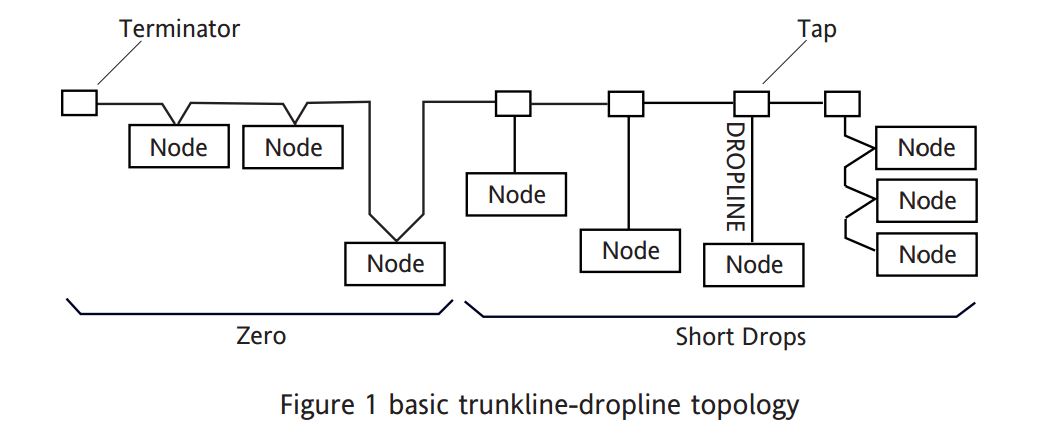Need help choosing the right product?
Our tool will match the best product to your needs
Launch product selectorWelcome to the United Kingdom Website
We have detected that you may prefer the Global site. Please use the language dropdown above to change your selection if required.
DeviceNet is a cost-effective communications link designed to replace hardwired I/O interconnection between industrial devices. Offering advantages over other industrial networking protocols in the following areas.
Simplicity
Through the use of automated software configuration tools and simple wiring layouts, engineering cost and time to design, configure and commission a DeviceNet installation is significantly less than other comparable networks. Easy adaptation and reuse of previous system designs enables further design efficiencies are achieved.
Device interchangeability
Common definition of simple devices allows interchangeability while making interconnectivity of more complex devices possible. In addition to reading the state of discrete devices, DeviceNet allows easy access to operating node variables such as process temperatures, alarm status as well as system diagnostic status.
Open standard
The specification and protocol are open. This has led to a rapid proliferation of DeviceNet compatible control and instrumentation equipment from a wide range of vendors.
Reliable communication
The DeviceNet communication link is based on a broadcast-oriented, communications protocol the Controller Area Network (CAN). The CAN protocol was originally developed by BOSCH for the automotive market, replacing expensive automatic wire harnesses. As a result, the CAN protocol has fast response and has been demonstrated to be highly reliable in demanding safety critical vehicle applications.
| Network size | Up to 64 nodes | ||||||||
| Network length | Selectable end-to-end network distance varies with speed
| ||||||||
| Data packets | Variable length, 0-8 bytes | ||||||||
| Bus topology | Linear (trunkline/dropline) | ||||||||
| Media | Media 1 twisted-pair for power, for signal in a single shielded cable | ||||||||
| Bus addressing | 1. Peer-to-peer with Multi-Cast (one-to-many); 2. Multi-Master 3. Master/Slave special case; polled or change-of-state (exception-based) | ||||||||
| System features | Removal and replacement of devices from the network under power |
The basic trunkline-dropline topology provides separate twisted pair busses for both signal and power distribution. Thick or thin cable can be used for either trunklines or droplines. End to end network distance varies with data rate and cable size.

Nodes can be removed or inserted from the network without powering down the network.

| Data rates | 125Kbps | 250Kbps | 500Kbps |
| Thick trunk length | 500m | 250m | 100m |
| Thin trunk length | 100m | 100m | 100m |
| Maximum drop length | 6m | 6m | 6m |
| Cumulative drop length | 156m | 78m | 39m |
Maximum end-to-end network distance with data rate and cable thickness.
Product Selector
Our tool will match the best product to your needs
Launch product selectorContact Us